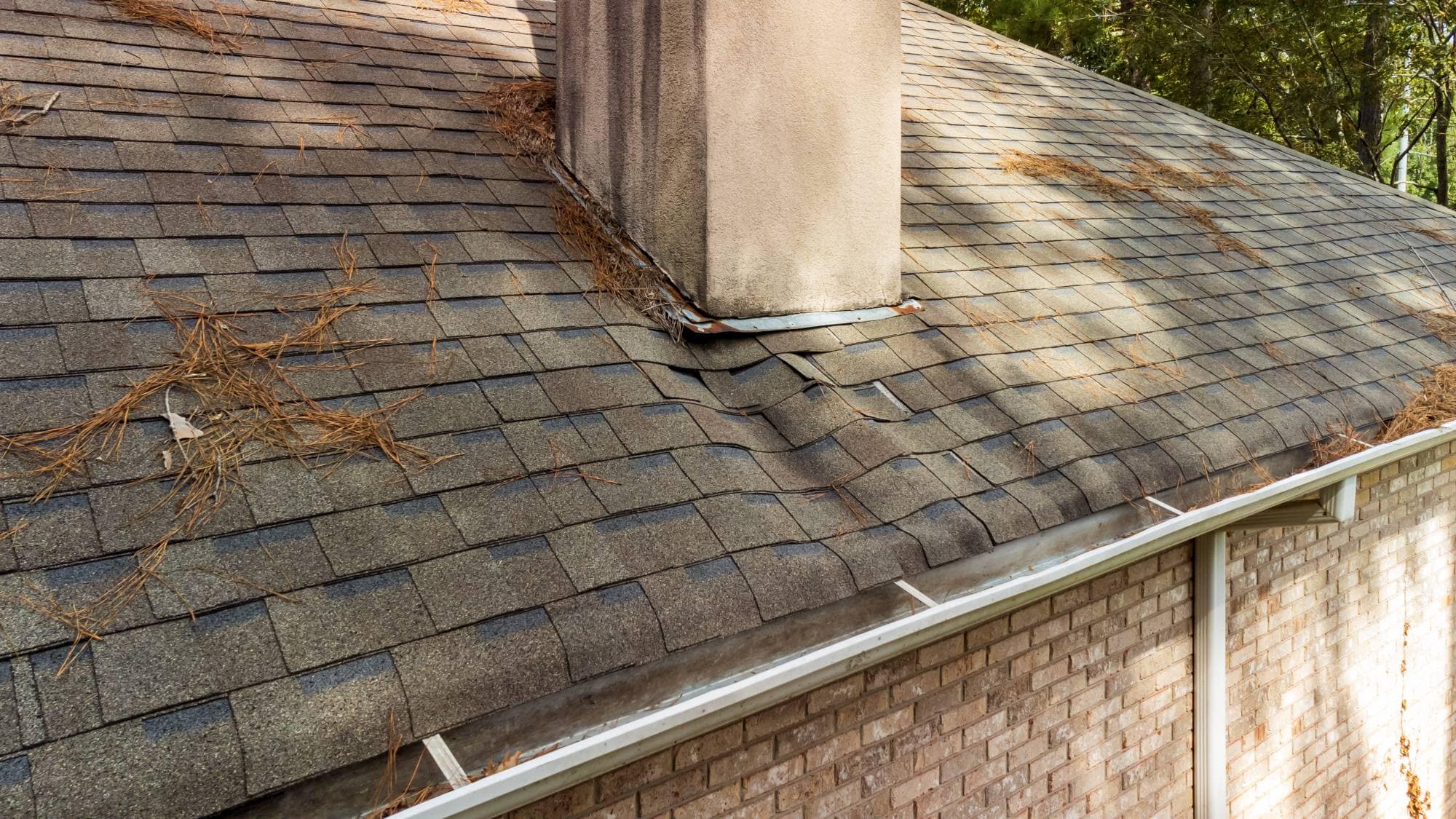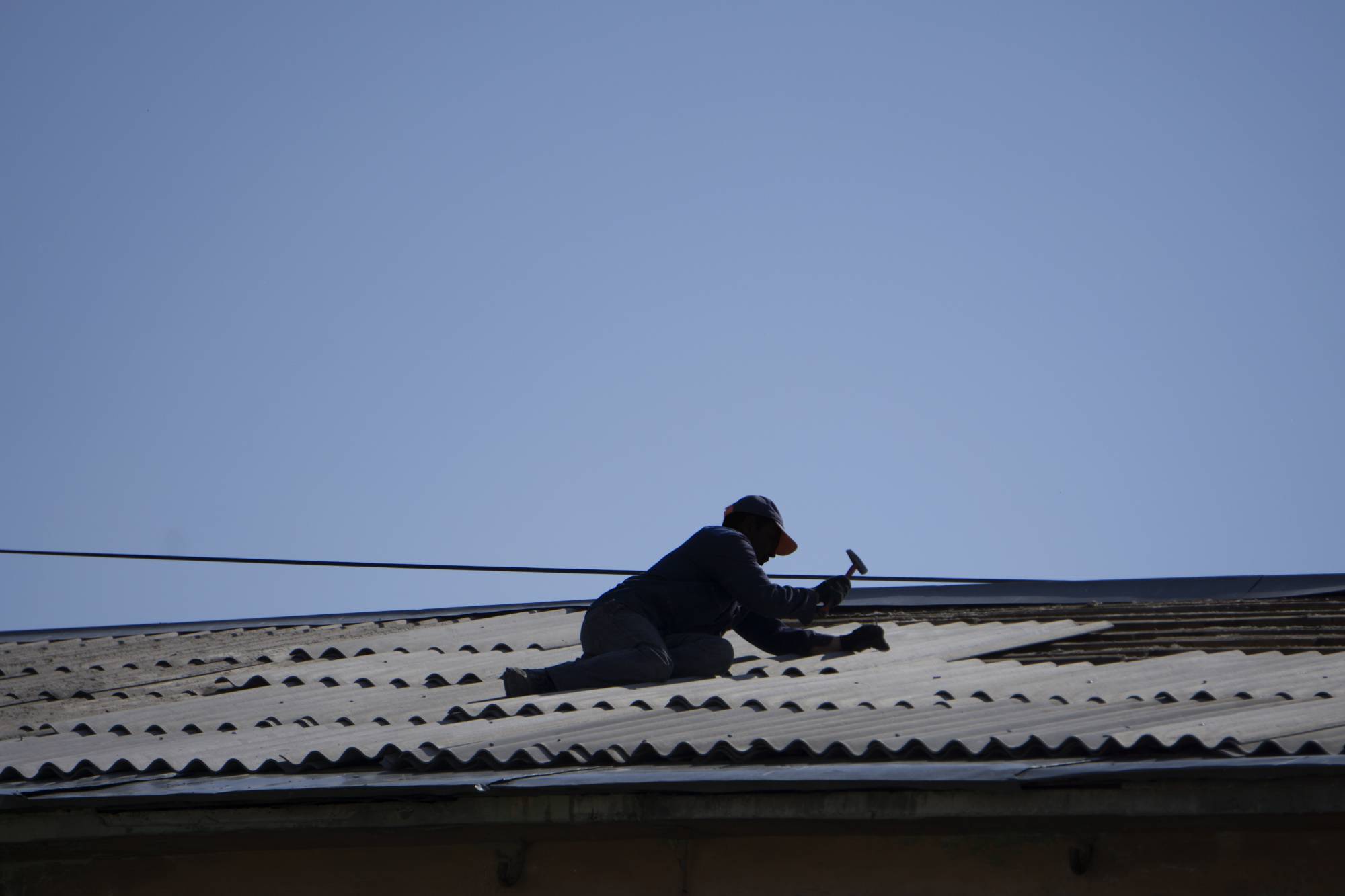Fast, permanent chimney leak repair that protects your home and eliminates costly water damage throughout Bristol County.

Hear from Our Customers

When your chimney stops leaking, you stop worrying about water stains spreading across your walls and ceilings. No more musty smells drifting from your fireplace or anxiety about hidden damage eating away at your home’s structure.
You get back to enjoying your fireplace without that nagging concern about what the next rainstorm might bring. Your home stays dry, your investment stays protected, and you have one less thing keeping you up at night.
The peace of mind that comes with a properly sealed chimney means you can focus on what matters most instead of wondering when the next water spot will appear.
Above and Beyond Chimney has been solving chimney problems across Fall River and Bristol County for over two decades. We understand how Massachusetts weather puts your chimney through the wringer with freeze-thaw cycles, heavy rains, and coastal moisture.
Our family-owned company built its reputation by showing up when we say we will and fixing problems the right way the first time. We’ve seen every type of leak issue that affects homes in this area, from century-old Victorians downtown to newer construction in the suburbs.
When you call us, you’re getting technicians who know the difference between a quick patch and a lasting solution.

First, we inspect your entire chimney system to find exactly where water is getting in. Most leaks aren’t where you think they are, so we check the flashing, crown, cap, and masonry to identify the real source.
Next, we explain what we found in plain language and show you the problem areas. You’ll understand exactly what needs fixing and why, with no confusing technical jargon or surprise discoveries halfway through the job.
Then we complete the repair using materials designed to handle New England weather. Whether it’s replacing damaged flashing, sealing a cracked crown, or rebuilding deteriorated masonry, we use the right approach for your specific situation.
Finally, we test our work and clean up completely, leaving your property exactly as we found it except for one important difference: your chimney won’t leak anymore.

Ready to get started?
Our chimney leak repair covers everything from minor flashing adjustments to complete crown reconstruction. We handle fireplace flashing repair, chimney cap replacement, masonry restoration, and waterproofing treatments.
In Fall River’s climate, chimneys face unique challenges from coastal moisture and temperature swings that can crack even well-built masonry. We use repair methods and materials specifically chosen for Bristol County conditions, ensuring your repair lasts through multiple seasons.
Every repair includes a thorough inspection of surrounding areas because water damage rarely stays contained to one spot. We check for hidden moisture infiltration, structural impacts, and potential future problem areas so you get complete protection, not just a surface fix.
